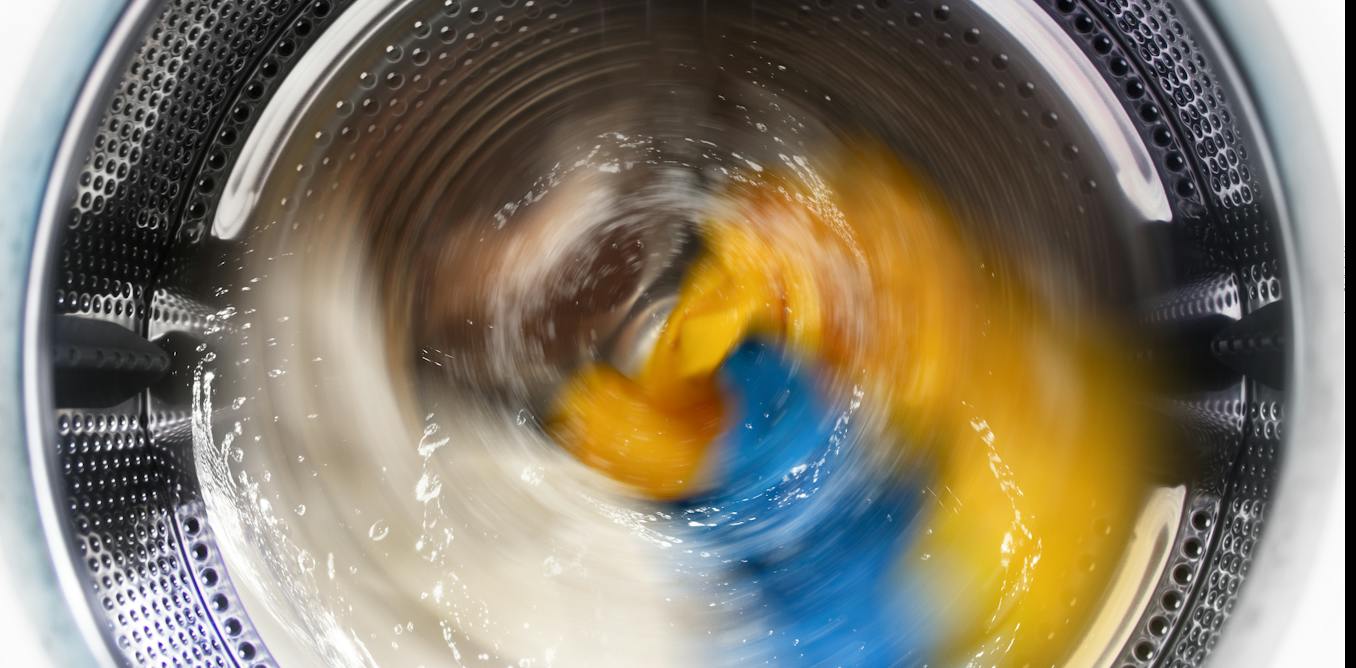The most common microplastics in the environment are microfibers—plastic fragments shaped like tiny threads or filaments. Microfibers come from many sources, including cigarette butts, fishing nets and ropes, but the biggest source is synthetic fabrics, which constantly shed them.
Textiles shed microfibers while they are manufactured, worn and disposed of, but especially when they are washed. A single wash load can release several million microfibers. Many factors affect how many fibers are released, including fabric type, mechanical action, detergents, temperature and the duration of the wash cycle.



It does not, we’re both sharing anecdotal information.
I don’t buy a lot of clothes now, most of my clothing is several years old at least. I buy what feels comfortable, that I like the look/design of and that seems to be well made.
I never said d stores don’t carry non-blend fabric clothing, simply that disadvantaged portions of the population often don’t have the luxury of choice others do and that they are stuck in a system designed to keep it that way.
You did not, and I never said you did. I pointed out that the cheap example you used was fast fashion, which many cheap stores are. Which was an ironic choice on your part because fast fashion could be a poster child for the boots theory.
Yeah, I saw your other examples of places like Patagonia which, again, is ironic because that could be the other side of the boots theory representing what “rich” people would buy.
It’s like you didn’t even read what I posted originally. I think you should check your privilege.
We are not, yours in anecdotal, mine can be verified and duplicated.
And I pointed out that every price point has these options, and offered to demonstrate it. Again not anecdotal. Unless you cannot buy clothes at all, this is not an honest assessment. You “don’t believe it”, but it is true. If you cannot afford to buy clothing at all, this entire thread doesn’t apply to you.
That is not what irony means. Saying that a brand where the average price of a new item is $20, and a brand where the average price is over $100 both have single fabric options is not ironic. It’s data validation.
You’re complaining to complain and/or arguing to argue.
No, I was engaging you comment to point out your singular perspective and privilege and now you’re upset about it.
I’m done now though. You’re either a corporate shill who’s literally doing what the original commenter stated or someone who just has this need to feel superior. Either way I’ve spent enough of my time on you.
Removed by mod